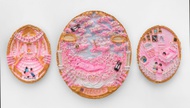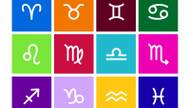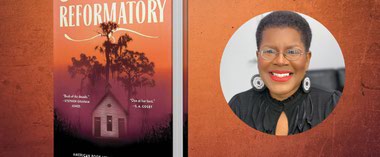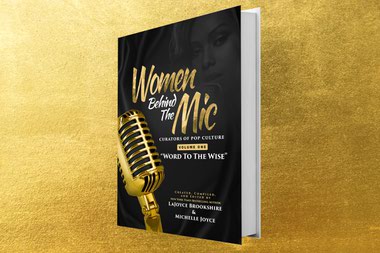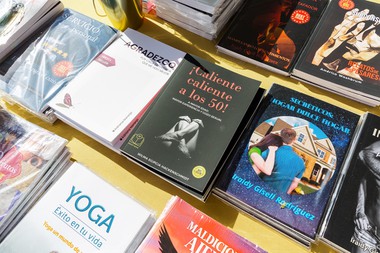
The Sculptor By Scott McCloud, $30
Scott McCloud wrote the book on comics, quite literally. Best known for his landmark 1993 Understanding Comics—a comprehensive exploration of the history, distinction, vocabulary and function of the comics medium—McCloud is generally regarded as one of its foremost thinkers. So much so that people often forget he’s also a great cartoonist. In addition to Understanding, itself a comic book, McCloud created Zot! in the 1980s and The New Adventures of Abraham Lincoln in 1998.
For anyone needing a reminder of his abilities, now there’s The Sculptor. Almost as long as it is long-awaited, the 500-page book tells the story of struggling young sculptor David Smith. The personification of death offers David a deal: He’ll grant David the ability to instantaneously shape any material any way he wishes simply by touching it, but only for 200 days, after which David must die. David, who only wants to achieve immortality through his art, agrees. Then he meets the love of his life.
The Sculptor is a complex story with a powerfully compelling central character, a story filled with spectacular set pieces and, as one might expect from a cartoonist turned theorist-who-cartoons, a great deal of discussion of the abstract topics of art and the meaning of life. It’s ironic that in Understanding Comics, McCloud settles on “sequential art” as the best term to refer to comics, preferring it to the more narrow and often misused “graphic novel.” Because The Sculptor is a perfect example of a true graphic novel, a novel told in the form of comics.


